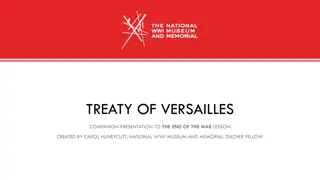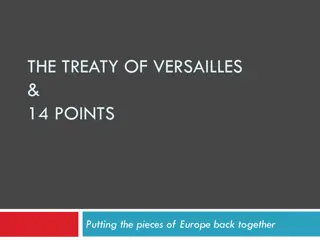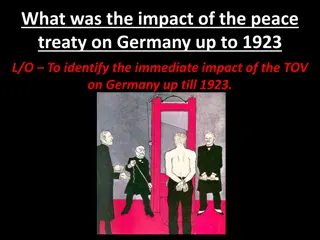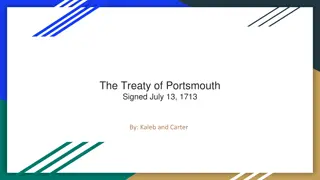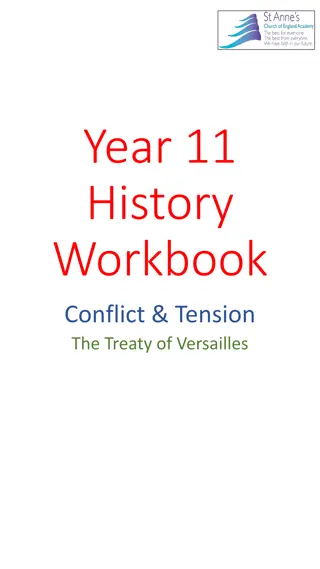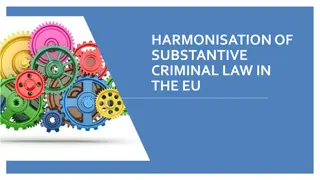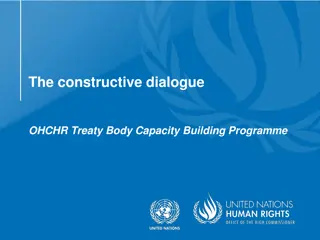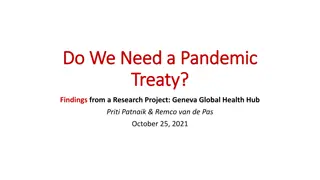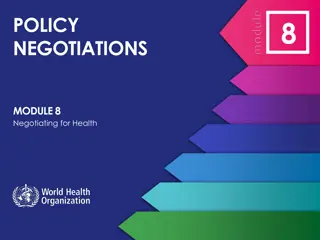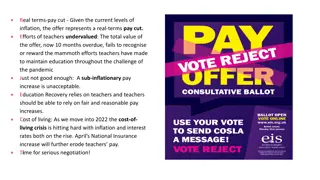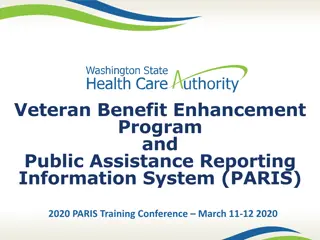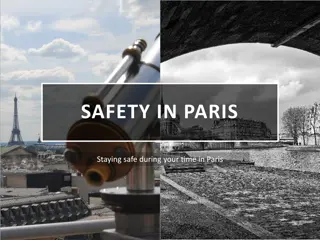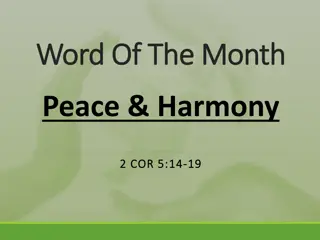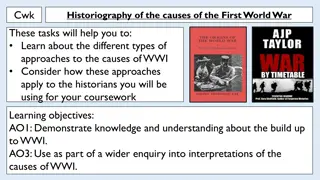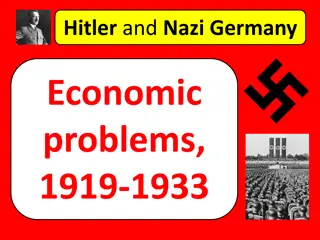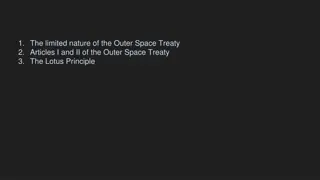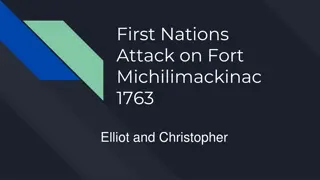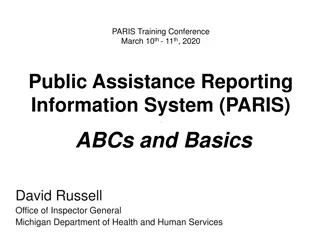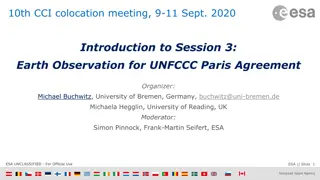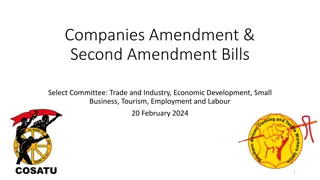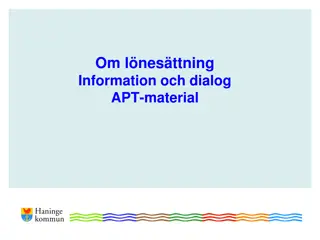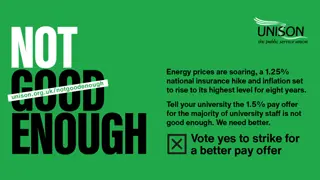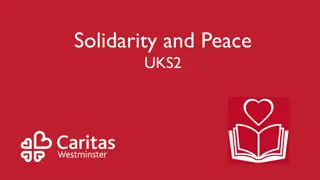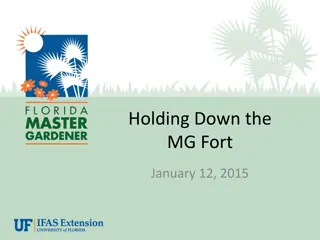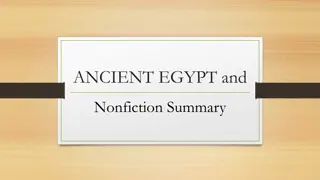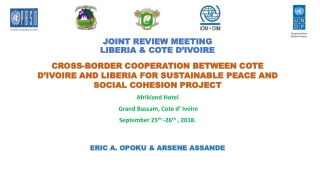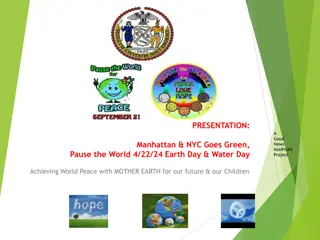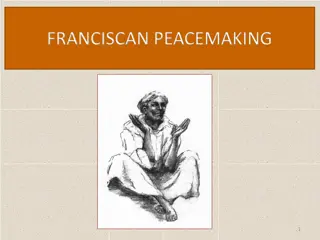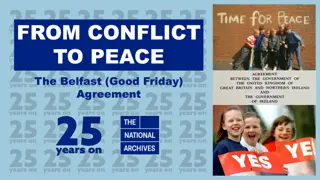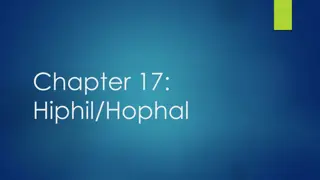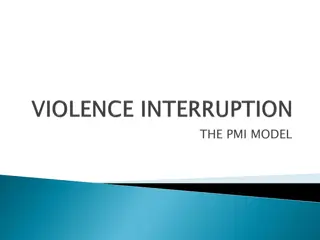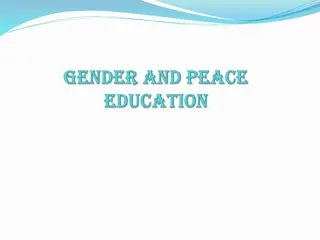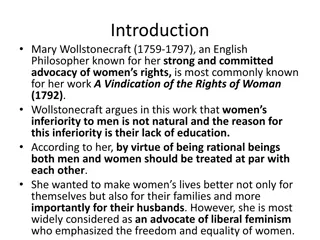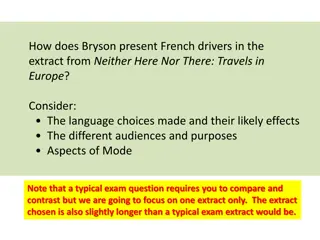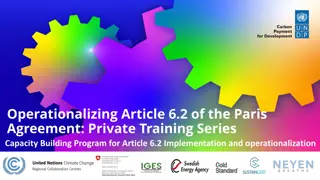Negotiations at the Paris Peace Conference: The Treaty of Versailles
The Paris Peace Conference of 1919 marked a significant event where the Treaty of Versailles was negotiated by the Big Three - Woodrow Wilson, Georges Clemenceau, and David Lloyd George. This treaty addressed key areas such as assigning guilt for the war, reducing armies, determining reparations, land ownership, and the establishment of the League of Nations. The treaty imposed strict conditions on Germany, including accepting full blame for the war, reducing its army size, paying reparations, and ceding territories. Despite these efforts to prevent future wars, the treaty had lasting repercussions and raised questions about fairness.
Download Presentation

Please find below an Image/Link to download the presentation.
The content on the website is provided AS IS for your information and personal use only. It may not be sold, licensed, or shared on other websites without obtaining consent from the author. Download presentation by click this link. If you encounter any issues during the download, it is possible that the publisher has removed the file from their server.
E N D
Presentation Transcript
Paris Peace Conference Paris Peace Conference When the Armistice was signed on 11th November, 1918, it was agreed that there would be a Peace Conference held in Paris to discuss what would happen to the defeated powers. Opened on 12th January 1919, meetings were held at various locations in and around Paris until 20th January, 1920. The Treaty of Versailles dealt with Germany. Leaders of 32 states representing about 75% of the world's population, attended. However, negotiations were dominated by The Big 3 .
The Big 3 Woodrow Wilson USA The Big 3 were the 3 countries who had the most bargaining power. Lloyd George GB Georges Clemenceau FR
January 1919, Versailles Palace. You are one of the Big Three : Representing Britain... Prime Minister, David Lloyd George! Representing France... President, Georges Clemenceau! Representing the United States of America... President Woodrow Wilson! And also...the German representative, representing Friedrich Ebert.
Role Play Task; Negotiating The Treaty You will be given a role as a representative of one of the countries at the Paris Peace Conference. You will need to write down the 5 main aims you are determined to achieve through the treaty. You will need to research and write about why you have these aims and why you think they are fair. There are 6 key areas in which you will need to decide what happens. Remember you will have to compromise on some things to get other things that you want. All of the 3 negotiators need to agree on the Treaty before they sign it. The German representatives can observe, but cannot participate in the negotiations, but can argue why it s unfair before signing.
What was decided (in 1919) Was the Treaty of Versailles fair? Topic Guilt who is to blame? Armies should armies be made smaller? Reparations - who should pay for all of the damage, and how much? Who should own areas of land like Alsace- Lorraine and the Rhineland? League of Nations? how to prevent future wars? Extra points? - Germany and Austria?
The Treaty of Versailles GARGLE! Guilt Germany accepted full blame for the war -- the War Guilt Clause , Article 231 --Germany rejected it as too harsh Army army 100,000 men, no submarines, no aeroplanes, 6 battleships Reparations 6,600 million ( 217 billion in 2011!) Germany lost land e.g. Alsace-Lorraine to France Germany kept Rhineland, but had to stay demilitarised. League of Nations set up Extra points banned from union with Austria
Source Analysis; What can cartoons tell Source Analysis; What can cartoons tell us about the Treaty of Versailles? us about the Treaty of Versailles?
Source Analysis; What can cartoons tell Source Analysis; What can cartoons tell us about the Treaty of Versailles? us about the Treaty of Versailles?
Source Analysis; What can cartoons tell Source Analysis; What can cartoons tell us about the Treaty of Versailles? us about the Treaty of Versailles?
Source Analysis; What can cartoons tell Source Analysis; What can cartoons tell us about the Treaty of Versailles? us about the Treaty of Versailles? A German cartoon; When we have paid one hundred billion marks then I can give you something to eat .
Have we achieved our Lesson Objectives? To understand the attitudes of the Big 3 towards Germany after World War I To explain the terms of the Treaty of Versailles To evaluate whether the Treaty of Versailles was fair THUMBS UP THUMBS DOWN
Representatives from Germany Representatives from Germany
5 things we want from the 5 things we want from the Treaty are Treaty are 1) 2) 3) 4) 5)
Representatives from Britain Representatives from Britain
5 things we want from the 5 things we want from the Treaty are Treaty are 1) 2) 3) 4) 5)
Representatives from France Representatives from France
5 things we want from the 5 things we want from the Treaty are Treaty are 1) 2) 3) 4) 5)
Representatives from USA Representatives from USA
5 things we want from the 5 things we want from the Treaty are Treaty are 1) 2) 3) 4) 5)


